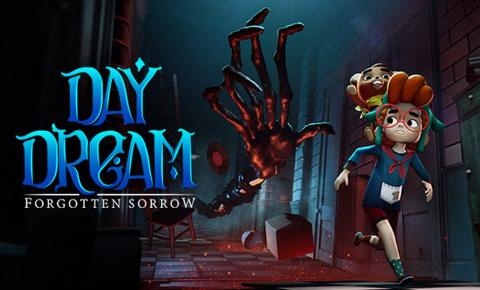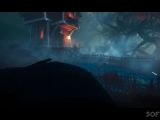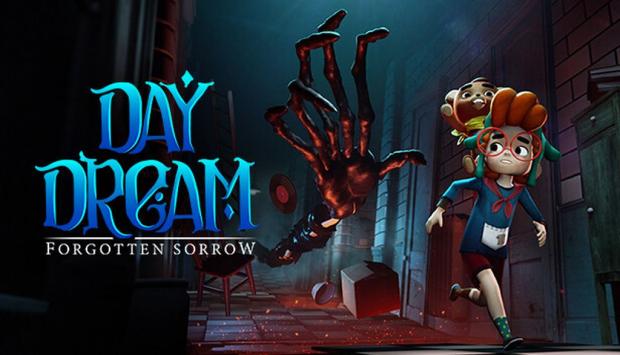The teddy bear is always the key to success. The creature might not be very easy to guide around but he’s small and light, which are two huge positive qualities in this dream world. The architecture rarely makes sense, there are plenty of puzzles to solve, and a young boy on his own would be unable to deal with the situation. Birly can sneak into hidden places and can activate a mechanism to open up new paths for my character.
I’ve just thrown the bear over a gap and made him work a lever that moves a platform. Griffin, the boy protagonist, is more physically powerful than he seems, so I push a big reinforced crate on that platform and ask the teddy to again activate the mechanism. We are safely across the gap, climbing out of this room, and heading for a straight-up escape sequence.
After a few deaths, the pair ends up in a big study, the domain of a gentleman with a passion for hunting. I jump up on the study and climb around the bookcases, looking for an idea of how to tackle the puzzle. I know Birly can hang from one of the animal heads but I have trouble understanding how to activate the rest to reveal the bookcase’s secret.
Daydream: Forgotten Sorrow is developed by Frozen Line, with publishing in the hands of Ravenage Games. I played it using Steam on the PC. The title will also be launched later in the year on the Nintendo Switch, the PlayStation 5, the Xbox Series X and S, and older devices from Microsoft and Sony. This is a fairly typical adventure that mixes platforming with puzzle-solving.
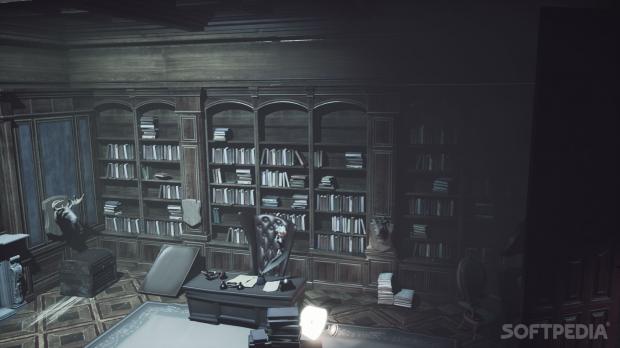
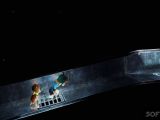

As the name makes clear, the game takes place inside someone’s imagination. Griffin might be him as a child or simply a way to visualize his innocence. He is accompanied by a teddy bear named Birly, clearly create as a companion able to help him navigate this strange fantasy world and to overcome its many obstacles. The pair are easy and affectionate companions, bound by a past that traumatized the young boy. Elements of it will show up in the rooms they explore, giving players hints about an abusive father and an absentee mother.
As the game progresses, players will find out more about the daydream but this is not an experience carefully built to offer lore and plenty of details. It runs on vibes, on the feeling of connection between the two protagonists, and the palpable fear that Griffin feels when dealing with some of the more difficult challenges.
In terms of mechanics, Daydream: Forgotten Sorrow doesn’t deviate much from the median of the genre. The two protagonists move from one small area to another, dealing with environmental challenges and puzzles. The bear can be thrown to reach certain areas and open up new ways for Griffin to advance. The two will also collaborate to activate mechanisms, get items, and open up new paths.
The mechanic that allows players to control Birly is a little annoying. Time slows down when the player tries it, which is a good thing, but it can be hard to activate the points of interest that the teddy bear needs to activate. Every time I returned to Daydream it took a few minutes to reacquaint myself with the system, which is a sign of the implementation’s poor quality,
Forgotten Sorrow also features more action-focused sequences, centered on Griffin. The teddy bear finds alternate paths while players have to make quick decisions, using the kinds ability to run, grab and jump. They add variety but their design means that players often have to die to simply find out the correct path through an area.
The problem is that many of them also feature Quick Time Events. These are not fun to play and, because it is relatively easy to die, gamers will have to engage with them quite a few times. The developer should have dropped them entirely.
Daydream: Forgotten Sorrow works best when the two protagonists enter an area, explore a few rooms, and have to solve a bigger puzzle that requires some careful initial thinking and then good use of Birly and some solid thinking on the part of the gamers. These elements could have been even more interesting if two-player coop was part of the experience and a younger player was in control of the teddy bear.
The title offers a pleasant and fun mix of exploration, action, and puzzles. Most of its ideas are well executed but there’s no big attempt to innovate and offer at least one mechanic that changes how players interact with the world. The dream atmosphere and easy-to-understand gameplay make this a good introduction to the genre and well-suited for newcomers to the genre.
Daydream: Forgotten Sorrow looks decent, with its focus on relatively small spaces and a small number of characters. Griffin, the protagonist, has an interesting look with some nice details, obviously inspired by Sweet Tooth, but his movement, mainly when interacting with the environment, can be awkward. The game’s world can sometimes feel monumental, with elements that offer more story hints, but it’s also often gray and flat.
The sound design matches the graphics. The pair doesn’t speak and their silence adds to the dreamlike atmosphere but also makes it hard to feel immersed in the experience. The soundtrack is decent but never finds another gear to actually make the more emotional moments feel significant.
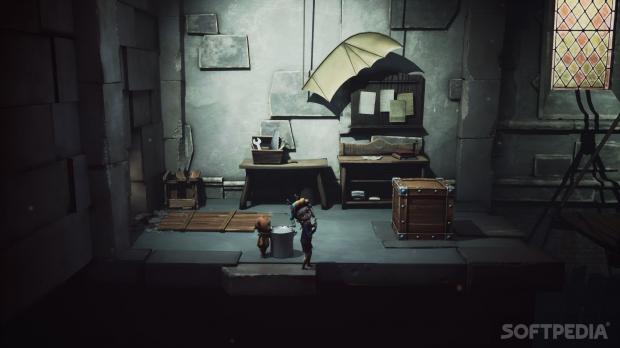


The Good
- Mix of story and exploration
- Decent puzzle design
- Birly control as a concept
The Bad
- Gameplay can become repetitive
- Quick Time Events
- Control of Birly can feel awkward
Conclusion
But nothing in the experience aims to push the limits and deliver something entirely new. I wanted Griffin to have more ways to engage with the world. Using Birly should have been easier. Daydream: Forgotten Sorrow isn’t polished or innovative enough to become a classic of its genre but will engage anyone interested in the premise of the core mechanics.
A review key was provided by the publisher
 14 DAY TRIAL //
14 DAY TRIAL // 